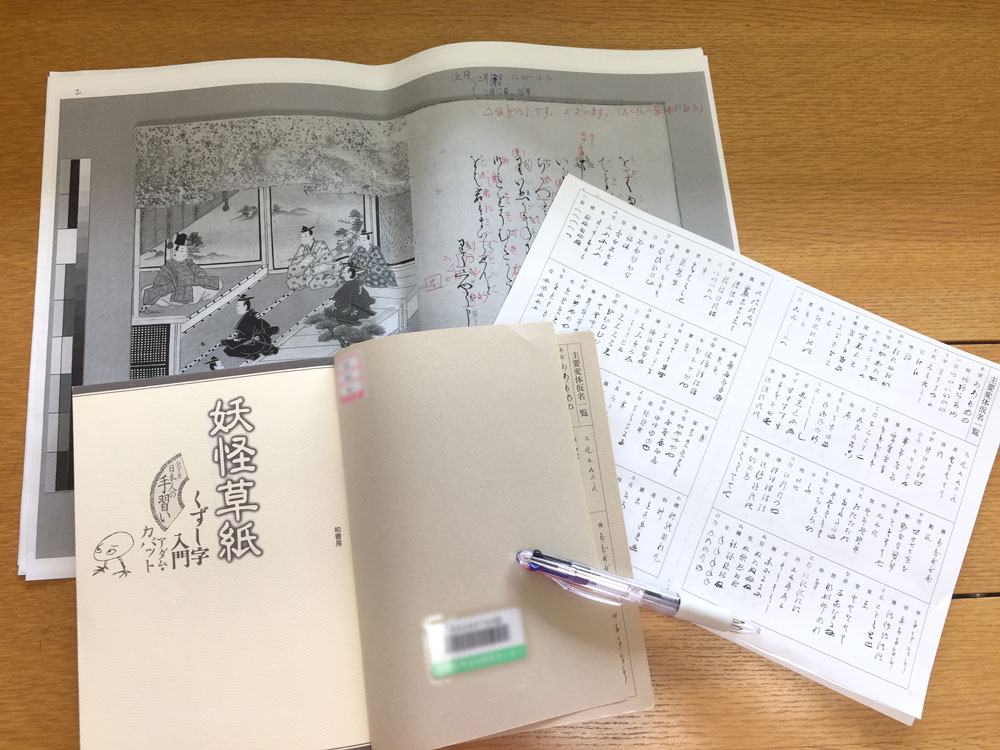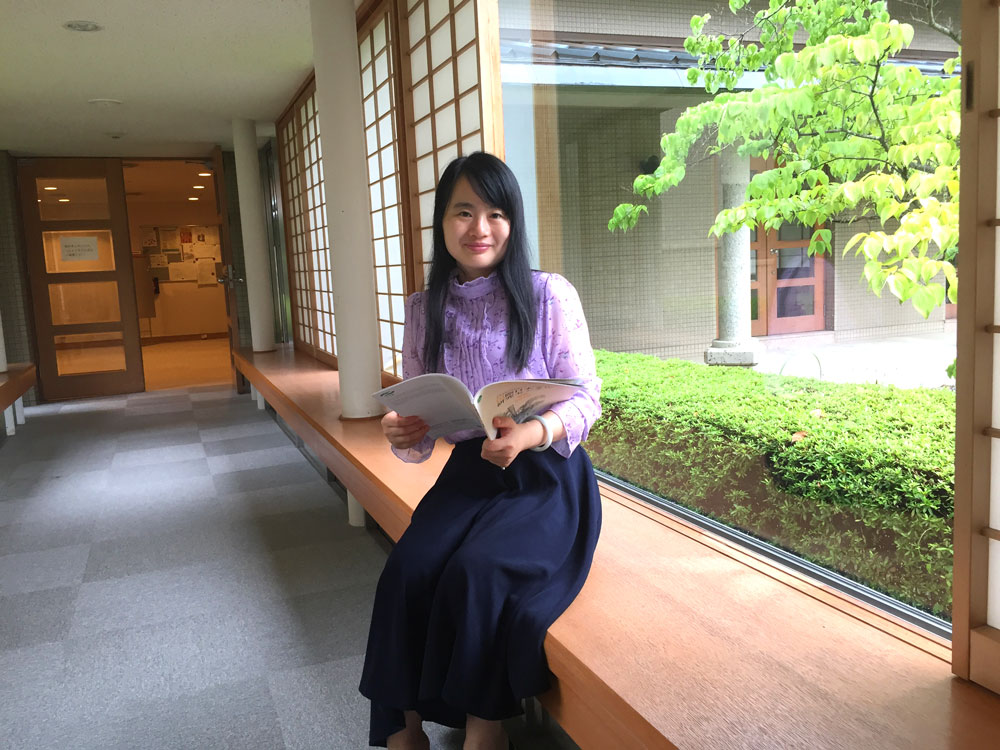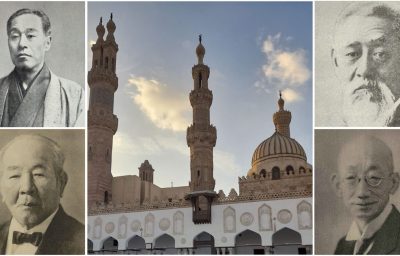COMMUNICATIONS
From Kanji to Kuzushiji: My Sojourn at Nichibunken
I began my Japanese studies from kanshibun (classical Chinese prose and poetry written by Japanese). I felt relaxed when I read kanji because Japanese uses many kanji, and as a Chinese, that made me think Japanese was not very difficult and that I would never quit learning it.
Actually, understanding kanji is not enough for studying Japanese kanshibun. I have to read a lot of related materials, and some of them are written in kuzushiji, the cursive handwriting widely used in the Edo period. For example, in the course of my research into kanshi on Mt. Fuji, I came across, a Nara ehon picture book written in kuzushiji, titled Fuji no hitoana zōshi. Fortunately there were some transliterations and introductions to this work, so I was able to read through it and understand the content in detail.
My research subject at Nichibunken, meanwhile, focuses on Edo-period illustrated fiction. The library has countless resources on this subject, and some of them are written in kuzushiji and not yet transliterated into modern Japanese. When I consulted Professor Araki Hiroshi about what to do, he arranged for a Kuzushiji Reading Class to be held twice a month from January to March 2020. Ph.D. candidates Ishihara Tomoaki and Yu Xuejian taught me and other scholars how to read kuzushiji.

Figure 1: Texts used in the Kuzushiji Reading Class
After completing the class sessions, I found I was gradually more able to read kuzushiji. But I thought I should try to practice every day for a while, so even on weekends and holidays, I would bring my eldest daughter to my research office. She practiced kana characters in her kindergarten’s exercise book while I wrote my kuzushiji over and over. When we got tired, we would go to the corridor in front of the library and take a break looking at the green outside, or enjoyed taking photos. Amid the COVID-19 pandemic, I’m extremely lucky and thankful to have been able to stay at Nichibunken and pursue research in a peaceful environment.

Figure 2: Taking a break in the corridor outside the Nichibunken Library (photograph by my eldest daughter, July 2020)
Professor Araki took up the kuzushiji text of Tsurezure-gusa nagusami-gusa in his Medieval Literature Class from June 29, and I can now read the book smoothly without the aid of a transliteration. Surmounting the challenge of kuzushiji is very important for my research on Japanese literature.
To me, Nichibunken is not only a hub of research materials, but also a hub of human resources. Since there are so many outstanding scholars and students at Nichibunken, I have received a great deal of help. I am sure my sojourn at Nichibunken will be of great benefit to me throughout my career.
See also the expanded version of the introduction to Dr. Li’s research on the Nichibunken Facebook page.




